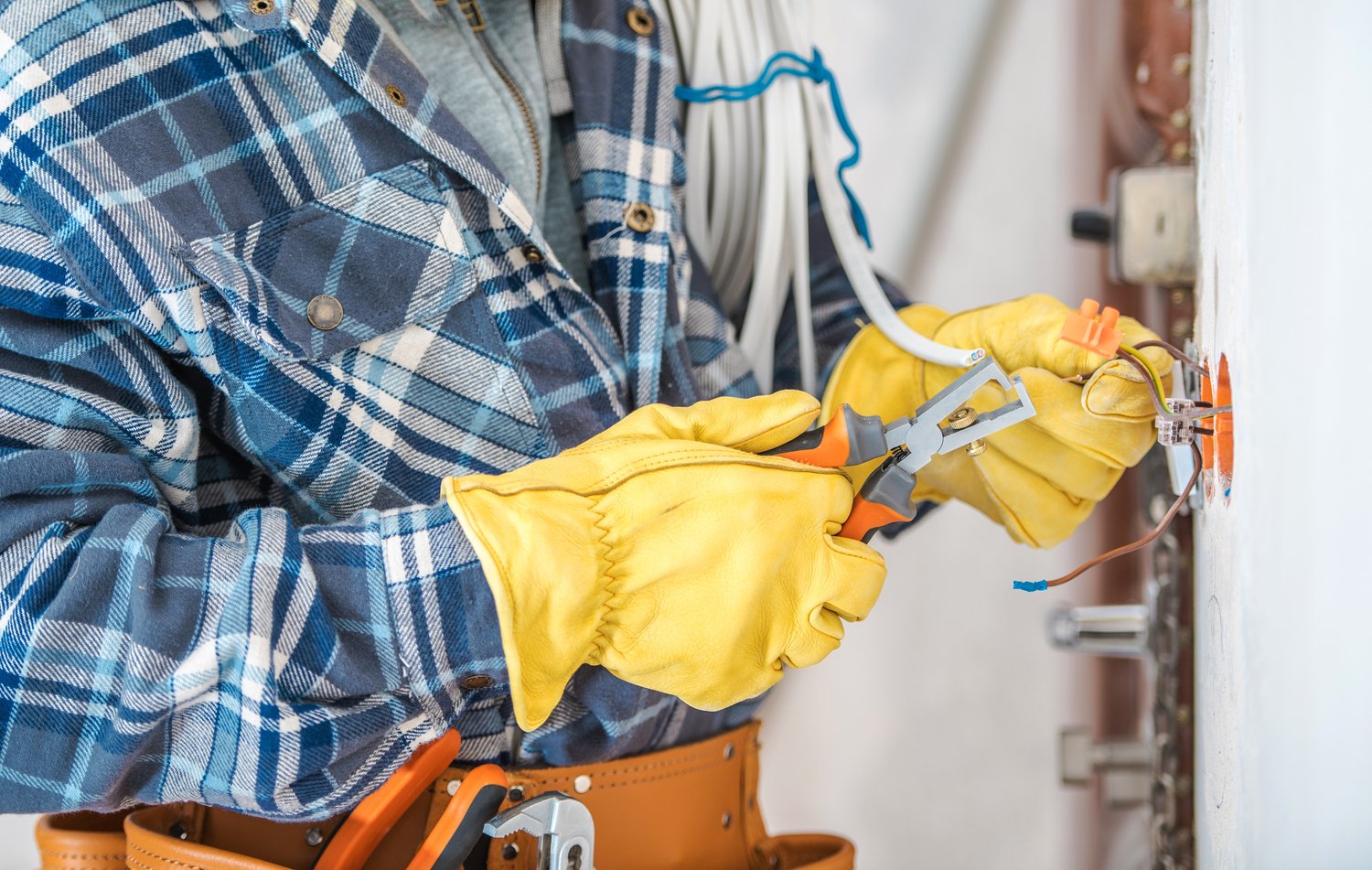When your once-smooth driveway starts showing signs of wear and damage, deciding between concrete resurfacing and complete replacement can be challenging. Both options offer solutions for fixing cracked driveways, but they differ significantly in terms of cost, longevity, and suitability depending on the extent of deterioration. This article will help you evaluate whether your cracked or spalled concrete driveway is a candidate for resurfacing with an overlay or if full replacement represents the more practical long-term solution, while considering important factors like budget, timeline, and severity of damage.
Understanding Your Driveway’s Damage
Before exploring concrete resurfacing vs replacement options, it’s crucial to assess the current condition of your driveway. Surface-level issues like minor cracks (less than ¼ inch wide), light scaling, or discoloration often make excellent candidates for resurfacing. These cosmetic imperfections typically don’t compromise the structural integrity of your driveway. However, wider cracks, significant heaving or settling, extensive pitting, or drainage problems may indicate deeper structural issues that resurfacing alone cannot remedy. Take time to thoroughly inspect your driveway, paying special attention to crack patterns, depth of damage, and whether water pools in certain areas, as these observations will guide your decision-making process.
The Resurfacing Solution: When It Works Best
Concrete resurfacing involves applying a thin layer of cement-based overlay to your existing driveway, essentially giving it a fresh face without the disruption of complete removal. This driveway repair option works exceptionally well for driveways with cosmetic damage but sound underlying structure. The process typically includes thoroughly cleaning the surface, repairing minor cracks, applying a bonding agent, and then adding the new concrete overlay. The concrete overlay cost generally ranges from $3-$7 per square foot, making it significantly more affordable than full replacement. Beyond cost savings, resurfacing offers additional benefits including faster completion time (typically 2-3 days versus 7+ days for replacement), less disruption to your property, and the opportunity to enhance your driveway’s appearance with decorative finishes like stamping or coloring.
When Full Replacement Becomes Necessary
Despite the appeal of resurfacing, some damaged driveways simply require complete replacement. If your concrete has multiple deep cracks, significant sections that have sunk or heaved, or shows signs of freeze-thaw damage throughout, these issues indicate structural problems that resurfacing cannot fix. When considering when to replace concrete driveway surfaces, age is another crucial factor—concrete typically has a lifespan of 20-30 years, so if your driveway is approaching this age with multiple issues, replacement likely represents the more economical long-term solution. While replacement costs more initially ($8-$15 per square foot), it provides a completely new foundation that can last decades with proper care. The replacement process involves removing the old concrete, preparing a new base, installing proper drainage solutions, and pouring fresh concrete—addressing not just surface problems but underlying issues as well.
Cost Comparison and ROI Considerations
When weighing concrete resurfacing vs replacement, cost naturally factors heavily into the decision. A typical two-car driveway measuring approximately 600 square feet would cost roughly $1,800-$4,200 to resurface compared to $4,800-$9,000 for complete replacement. While resurfacing offers immediate savings, consider the long-term return on investment. If your driveway requires only cosmetic improvements, resurfacing may provide 7-10 years of additional service life—excellent value for the investment. However, if underlying issues exist, resurfacing might only provide a temporary fix, meaning you’ll likely need full replacement in just a few years anyway. For personalized guidance on your specific situation, consider consulting with professional concrete contractors through AskHomey, where you can connect with experienced professionals who can assess your driveway and recommend the most appropriate solution.
Maintenance Considerations Post-Repair
Regardless of which driveway repair option you choose, proper maintenance will extend the life of your investment. For resurfaced driveways, apply a quality sealer every 2-3 years to protect the overlay from water penetration, staining, and other damage. With replaced driveways, wait at least 30 days before applying the initial sealant, then follow the same resealing schedule. In both cases, be cautious with deicing chemicals, clean oil spills promptly, and avoid using metal shovels that can chip the surface. Remember that even the best repairs or replacements require ongoing care to maintain their appearance and structural integrity for years to come.
Making Your Final Decision
The choice between resurfacing and replacement ultimately depends on balancing your budget against your driveway’s condition and your long-term goals. If your concrete driveway shows primarily cosmetic damage and you’re working with limited funds, resurfacing offers an excellent solution that can significantly improve appearance while extending lifespan. If structural issues exist or your driveway is approaching the end of its natural lifespan, replacement, though more expensive initially, will likely provide better long-term value. Consider getting multiple professional assessments to ensure you’re making the most informed decision for your specific situation.
For more tips and to connect with reliable home service professionals, follow AskHomey on Facebook and Instagram.



